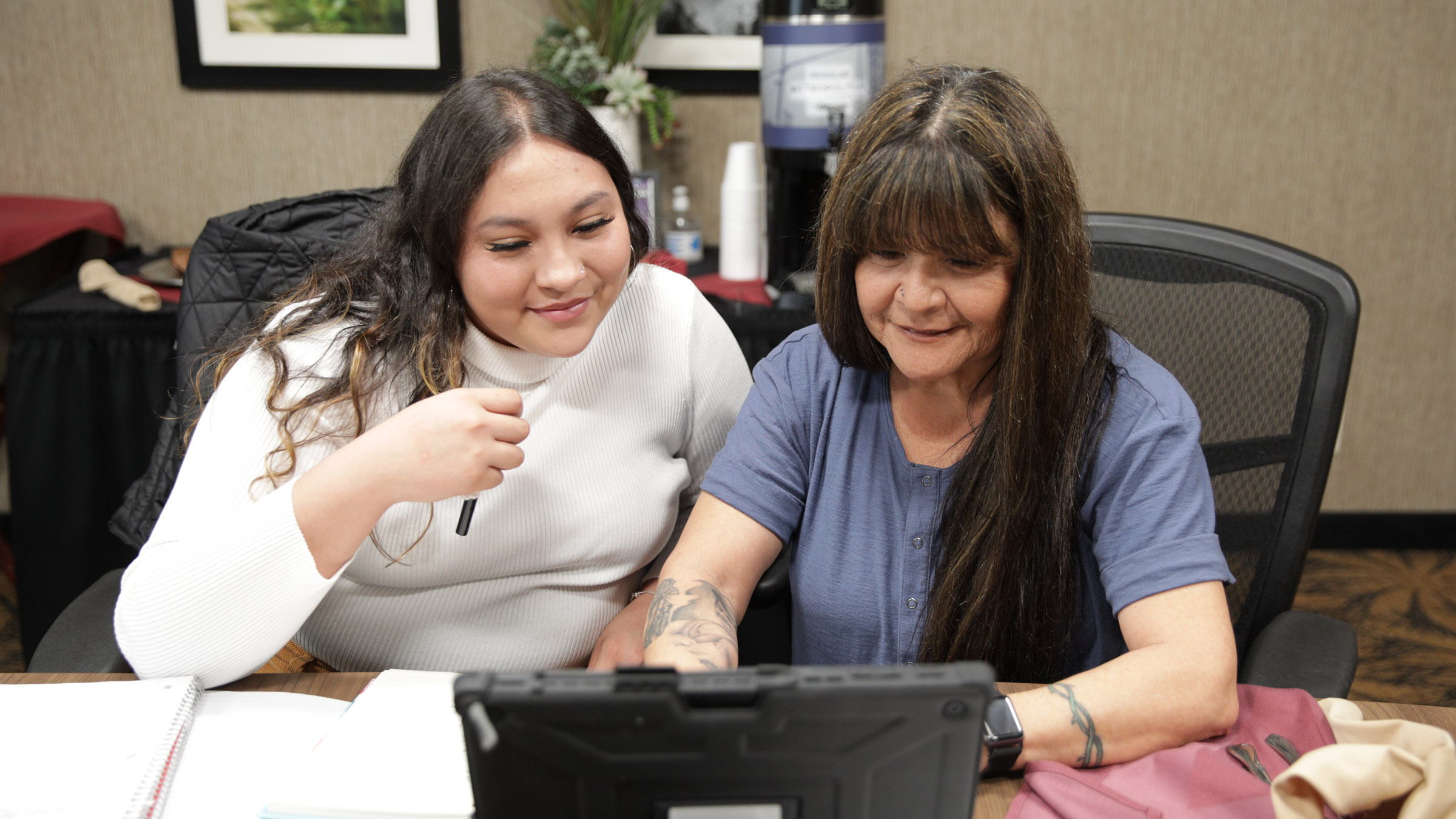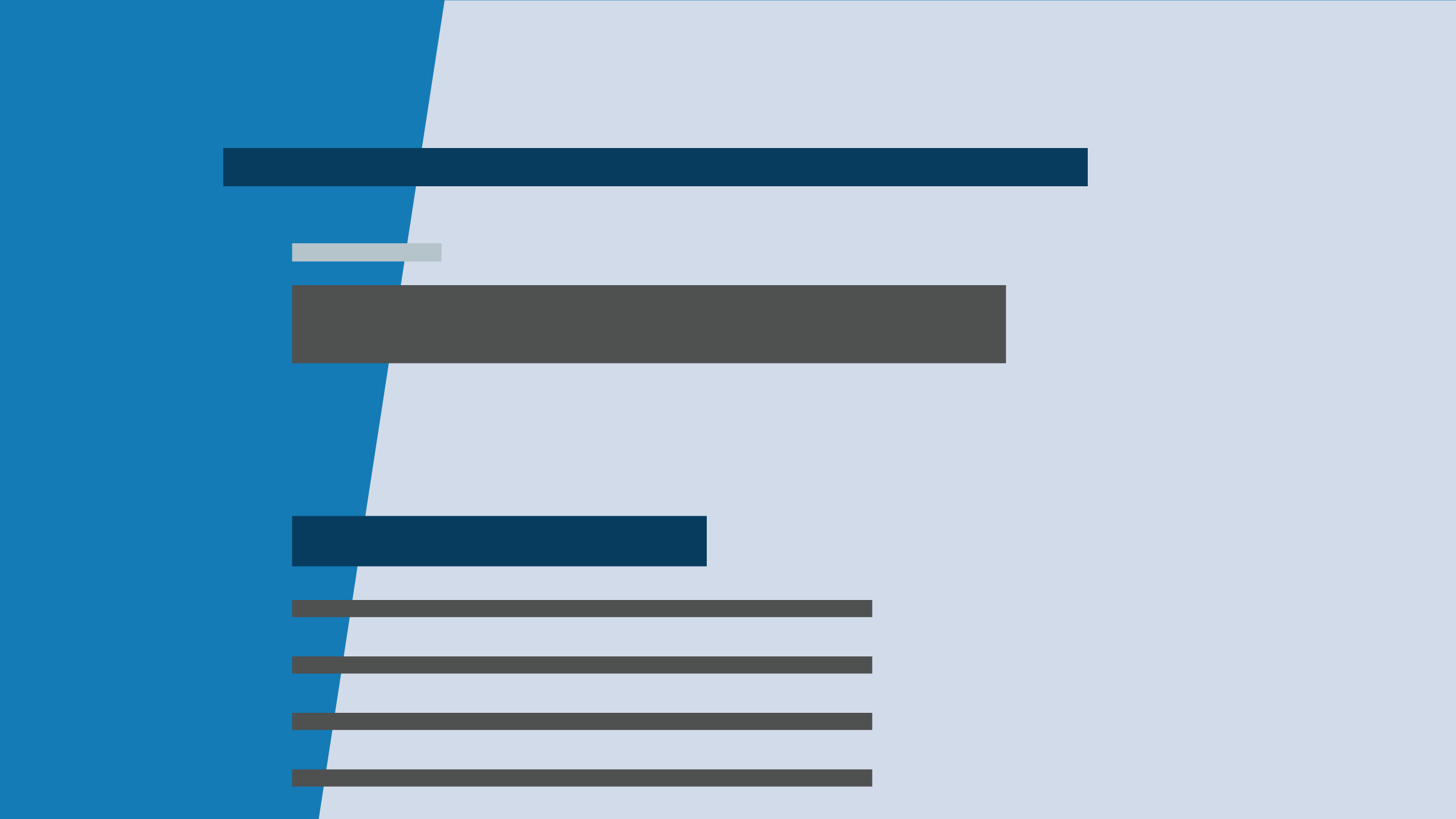Community economic development requires access to the capital and credit needed to produce goods and invest in infrastructure. In Indian Country, however, insufficient access to credit and financial services is well-documented. These gaps limit the availability of loans for business start-ups and expansion, home mortgages, home repairs, consumer purchases, and other needs. Even where traditional banks operate in or near Native communities, they may lack understanding of the local culture and complexities of providing financial services in Indian Country. Native Community Development Financial Institutions (CDFIs) emerged to help address credit and capital challenges and provide Native communities and residents with an alternative to mainstream banks.
Despite the importance of Native CDFIs, there has been a relative lack of research systematically documenting their work. The Center for Indian Country Development (CICD) is dedicated to helping fill that gap. Over the past several years, CICD has conducted a series of studies to provide Native CDFI practitioners and policymakers with actionable research insights. These studies have involved rigorous analyses of Native CDFI loan data as well as interviews with and surveys of Native CDFI leaders and practitioners.
Four key themes have emerged from our research on Native CDFI lending practices: (1) Native CDFIs’ proximity to the communities they serve improves credit outcomes, (2) their knowledge and understanding of their clients reduces uncertainty in lending, (3) financial counseling helps borrowers meet loan obligations, and (4) Native CDFIs face resource and capacity challenges.
Understanding Native CDFIs
What distinguishes Native CDFIs and other Native American Financial Institutions (NAFIs) from traditional banks is a community development mission to promote healthy, stable, and inclusive local economies. Some Native CDFIs are organized as banks, while others operate in the form of credit unions or loan funds. Native CDFIs offer a mix of products and services including consumer loans; loans for micro- and small businesses, housing, and community facilities; commercial real estate products; financial education; credit and homeownership counseling; and business and real estate technical assistance. They design their products and services with culture and relationships in mind.
CICD’s nationwide map of NAFIs provides information on the locations, portfolios, and asset sizes of individual Native CDFIs across the country.
Proximity to community improves credit outcomes
CICD’s research has found that establishing Native CDFIs on or near federally recognized American Indian reservations can improve credit outcomes. In a study of areas lying in or within five kilometers of a federally recognized reservation, our researchers looked at the impact of CDFI activity on client credit performance during the post-financial-crisis years (2013–2017). Using loan volume and staffing levels as measures of activity, our researchers found that adding one Native CDFI staff member per 1,000 residents was associated with, on average, a 45-point increase in Equifax risk score for individuals without established credit.
Similar activities from lenders in those areas that were not Native CDFIs generally had no statistically significant association with the risk scores of area residents. This analysis offered the first systematic empirical evidence suggestive of a unique role for Native CDFIs in improving credit outcomes in Indian Country. To better understand this role, our researchers then explored what distinguished Native CDFIs from other lenders, including the important possibility that cultural fit of Native CDFIs may be pertinent to improving credit outcomes.
Native CDFIs’ knowledge and understanding of their clients reduces uncertainty in lending outcomes
Many Native CDFIs have expanded the measures they use to predict loan risk beyond conventional lending criteria such as credit score and income. These Native CDFIs incorporate what’s known in the financial industry as “character-based lending” practices, bringing in loan officers’ assessments of prospective borrowers based on their community knowledge and the professional relationships they build with their clients.
As explored in a CICD working paper, analysis of loan data from 11 Native CDFI loan funds showed that these character-based approaches to assessing credit risk can reduce uncertainty in lending outcomes. Looking at consumer, home, and business loans, our researchers found that a loan was less likely to be delinquent when the loan officer perceived the borrower as at least “somewhat engaged” in the borrowing process. In the case of business loans, our researchers found that the loan officer’s knowledge of the borrower’s community reputation and qualifications to run a business were important predictors of loan delinquency. In these ways, character-based criteria emerged as important predictors of risk in addition to traditional measures such as client credit scores. In the case of business loans in our analysis, character-based measures predicted delinquency even better than credit scores.
These results point to the effectiveness of Native CDFI lending approaches that combine conventional and relationship-based measures to assess borrowers’ creditworthiness—and generate insights that may be valuable to the financial industry more broadly.
Financial counseling helps borrowers meet loan obligations
Some Native CDFIs also mitigate lending risk by providing clients with free financial counseling. They may offer this service via group training or individual coaching sessions. Lesson topics may include budgeting, credit scores, taxes, and goal setting. To investigate the impact of this lending practice on loan performance, CICD’s research team obtained detailed loan data from one Native CDFI. Findings from this analysis may not be representative of the industry as a whole, but the research offers evidence-based insights into the role of developmental services that some Native CDFIs offer their clients.
In our analysis, free financial counseling was associated with a 12.2 percent lower probability of bad debt when the borrower lacked a credit score profile and when at least a half hour of counseling was provided. That is, the benefits of counseling appeared to be most pronounced for those without established credit. Free financial counseling and having a credit score at all had roughly similar associations with the probability of experiencing bad debt.
Native CDFIs face resource and capacity challenges
CICD’s research studies also point to some of the challenges that Native CDFIs navigate. Financial counseling and relationship-based lending models can be staff-intensive. As a result, some Native CDFIs operate with capacity constraints and relatively limited resources, making it difficult to assess their impact and grow their operations. Financial and technical assistance awards to expand the capacity of Native CDFIs are available but limited.
Native CDFI leaders and partners have discussed potential solutions to these resource and capacity challenges. Possibilities raised include identifying resources to build the capacity of small Native CDFIs; fostering collaborations between Native CDFIs and traditional banks; pursuing more private-sector investment; and positioning Native CDFIs to leverage the Community Reinvestment Act to attract capital.
Future research avenues
Native CDFIs and other NAFIs play a vital role in filling the credit gap in Indian Country left by mainstream financial institutions. Native CDFIs develop strong relationships with their clients, and their community-focused mission provides them with flexibility to design products and services suited to their clients’ financial circumstances. They promote financial inclusion and mitigate loan risks by combining conventional with relationship-based lending strategies. Future CICD research will further explore the ways in which Native CDFIs’ organizational structures and practices affect client credit and loan outcomes.
Appendix: Native CDFI resources from CICD
Articles and events
- Unpacking the Wisdom of Native CDFIs (August 2023)
- Native CDFIs: Lending Insights, Best Practices, and Policy Considerations (July 2023) (Event video)
- Native CDFIs Bring Holistic Approach to Assessing Credit Risk (February 2023)
- Enhanced Tool Maps Critical Role of Native American Financial Institutions (November 2022)
- Data from a Native CDFI Yield New Insights on Wealth Gap in Indian Country (August 2022)
- Native CDFIs Improve Credit Outcomes for Indian Country Residents (April 2021)
Working papers
- Fostering Financial Inclusion by Ensuring Cultural Fit: The Case of the NCDFI Industry (April 2024)
- When the Lender Extends a Helping Hand: Native CDFI Client Counseling and Loan Performance in Indian Country (March 2023)
- Beyond Conventional Models: Lending by Native Community Development Financial Institutions (November 2022)
- Findings from the 2017 Native CDFI Survey: Industry Opportunities and Limitations (November 2017)
Michou Kokodoko is a senior policy analyst in the Minneapolis Fed’s Community Development and Engagement department. He leads the Bank’s efforts to promote effective community-bank partnerships by increasing awareness of community development trends and investment opportunities, especially those related to the Community Reinvestment Act.






